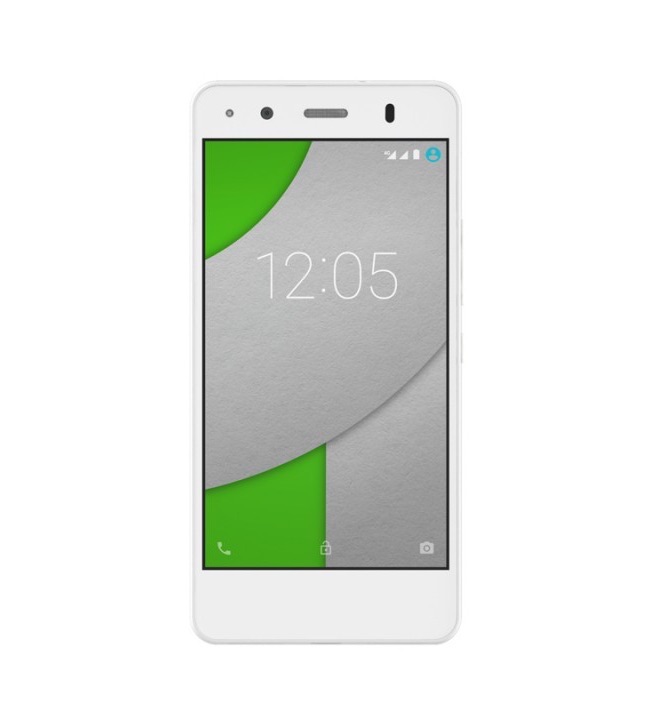At Google I/O 2014, Google made a bevy of announcements, including a new version of Android, Android for TVs and cars, and for wearables. It was rather exciting (and excruciatingly long, especially for those who were attending in person), but one headline that didn’t get the attention it deserved was Android One, a new reference design platform aimed at emerging markets.
What is Android One? At its core, it’s like Google’s Nexus program, where Google teams up with a hardware manufacturer, decides what components are to be used, and handles everything related to the software, providing direct updates to users. However, Android One is targeted at the emerging markets and low-end devices — it’s a design reference platform that Google will offer to local manufacturers in countries like India to make it easier for them to get affordable phones out to market, while leaving Google in charge of the software side of things, with features such as direct updates, auto installation of recommended apps, and more.
In theory, Android One has the power to completely change the budget smartphone market, especially in countries like India, where the low-end segment is filled with cheap phones from white box manufacturers. These are low-cost devices that offer a lot more bang for buck than the big brand phones, but are rather average in terms of build and hardware, with most of the components simply ordered in bulk from Chinese companies and put together for high-value, yet not-so-high-quality devices.
Android One will completely change this, as Google will be providing reference designs to ensure that the smartphone works smoothly. For example, Google showed a phone from Indian company Micromax, a $100 device that sports a 4.5-inch screen, an SD slot, FM radio, and dual SIM functionality, things that are important in a market like India. The idea here is for Google to tell manufacturers what hardware to use on a particular device, reducing their research and development costs, and in turn resulting in devices that are priced even lower while still offering an above average experience.
Furthermore, with Google handling software updates, it also frees local manufacturers from worrying about them and ensures consumers will get a newer version of the OS despite buying a sub-$100 device. OEMs will be free to bundle additional apps of their choosing, but the core experience will remain undiluted and hence better thanks to Google’s involvement.
It’s also a rather huge blow to big companies like Samsung, who simply can’t offer the same great package at the low-end without losing out on profits. Motorola rose to the challenge with devices like the Moto G and Moto E, but even they had to contend with the limitations of R&D and other aspects of developing a smartphone, aspects that manufacturers using Android One will not have to worry about.
People have been rather psyched about Google’s rumored Android Silver program, but Android One is a much more important idea that Google is rightly focusing on. It’s a major step forward in the company’s plans to target the next 5 billion users who don’t own a smartphone, and might just make it difficult for competing operating systems (like Windows Phone) to stay in the game.

















